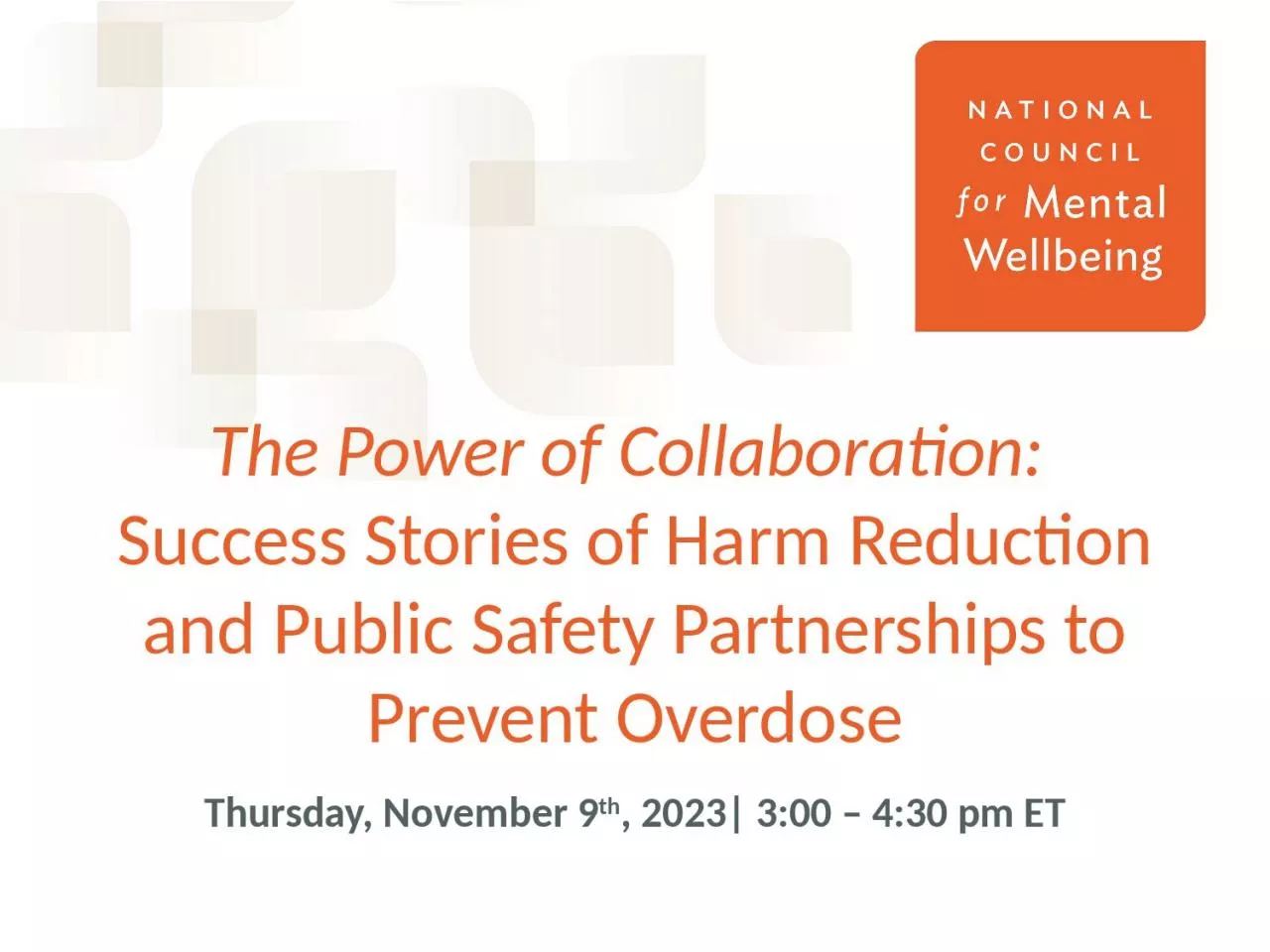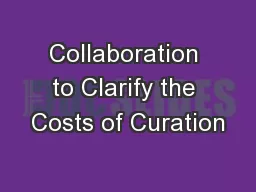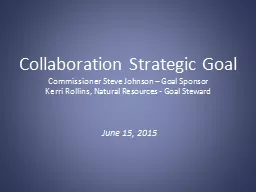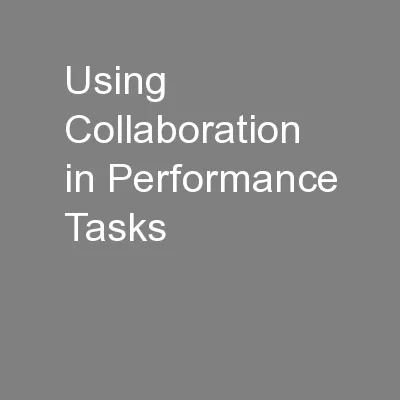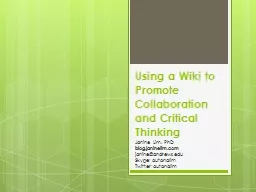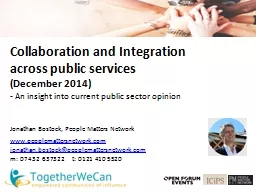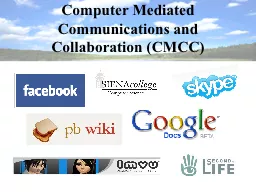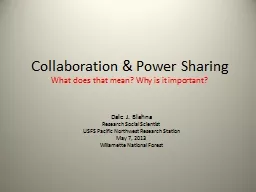PPT-The Power of Collaboration:
Author : piper | Published Date : 2024-02-09
Success Stories of Harm Reduction and Public Safety Partnerships to Prevent Overdose Thursday November 9 th 2023 300 430 pm ET Housekeeping You will be muted automatically
Presentation Embed Code
Download Presentation
Download Presentation The PPT/PDF document "The Power of Collaboration:" is the property of its rightful owner. Permission is granted to download and print the materials on this website for personal, non-commercial use only, and to display it on your personal computer provided you do not modify the materials and that you retain all copyright notices contained in the materials. By downloading content from our website, you accept the terms of this agreement.
The Power of Collaboration:: Transcript
Download Rules Of Document
"The Power of Collaboration:"The content belongs to its owner. You may download and print it for personal use, without modification, and keep all copyright notices. By downloading, you agree to these terms.
Related Documents

